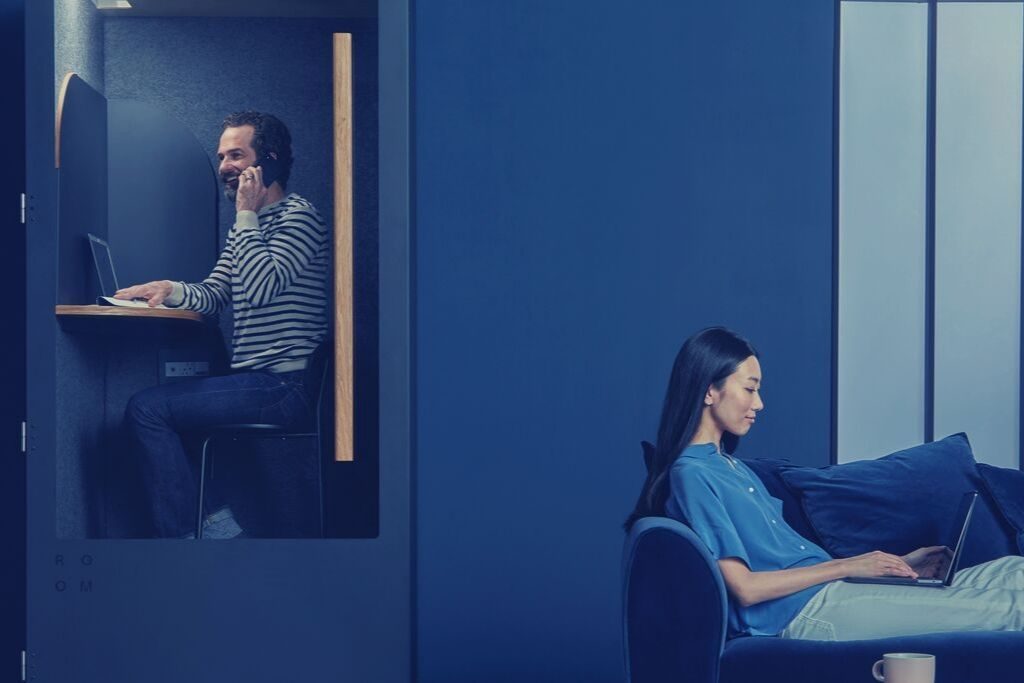From Drawings to Digital Technology: How BIM Works

It wasn’t very long ago— just a few decades— that every building began with a pencil and a piece of paper. Architects designed large buildings by drawing onto sheets of paper taped together to create a canvas hundreds of feet long.
These Three Hotels Embody True Hospitality With Physical and Virtual Access Management

In the hospitality industry, access management is crucial for commercial success. It contributes to guest satisfaction and a solid reputation for those in the hospitality business. Effective access management can greatly benefit hotels. For one, electronic locks and mobile access technology provide seamless room entry and enhanced security for guests.
Why Access Management Software Is Key in Hospitality

Whether it’s a small, independent inn with just a few rooms or an international hotel chain, without the right solution, managing access can be a major challenge. What makes an access control system come together seamlessly is versatile keycard-based access management software that’s ready to be integrated with both current and up and coming technology.
Private Yet Safe: Designing an Open-Plan Office

Workplaces have evolved from cubicles and private offices to open-plan layouts and shared spaces. Many workers feel cubicles and closed-door offices have been a hindrance to collaboration, so breaking walls down was a natural next step to make way for open-plan offices.
How a Small American Airport is Grooming Itself for Growth

For 60 years, the Charlottesville-Albemarle Airport (CHO) in Virginia has proven small but mighty. Its terminal takes up just an acre and a half with 50 flights that take off and arrive daily from a single runway. For comparison, the Hartsfield-Jackson International Airport in Atlanta, located an eight-hour drive south, has a terminal complex of over 156 acres with 2,700 flights daily.
How Building Design Can Boost Security

Numerous studies show that a building’s design has the potential to reduce the risk of crime. Crime Prevention Through Environmental Design (CPTED) is a method of design that uses aesthetically pleasing principles while also reducing both the vulnerability to and the opportunity for crime.